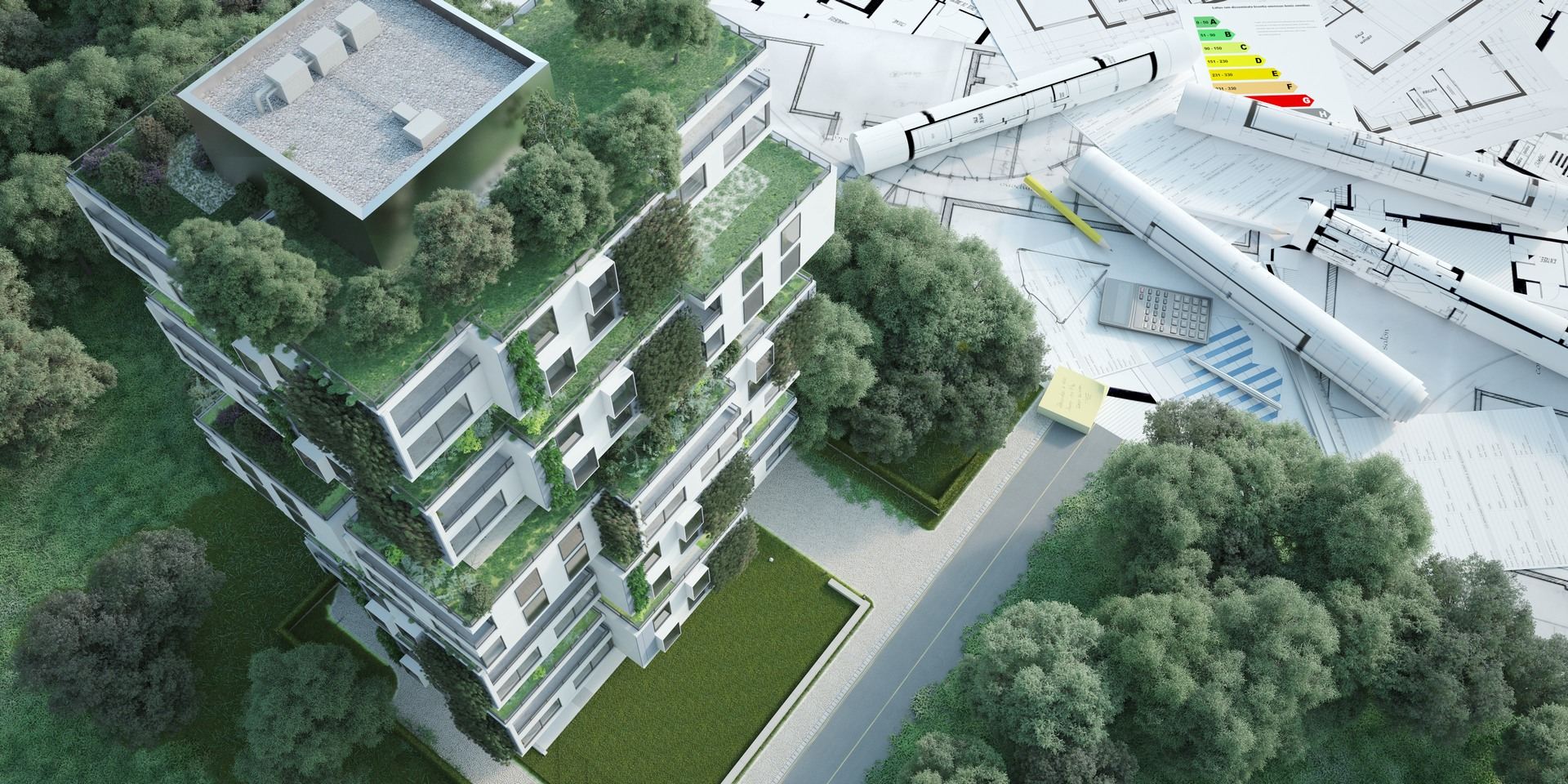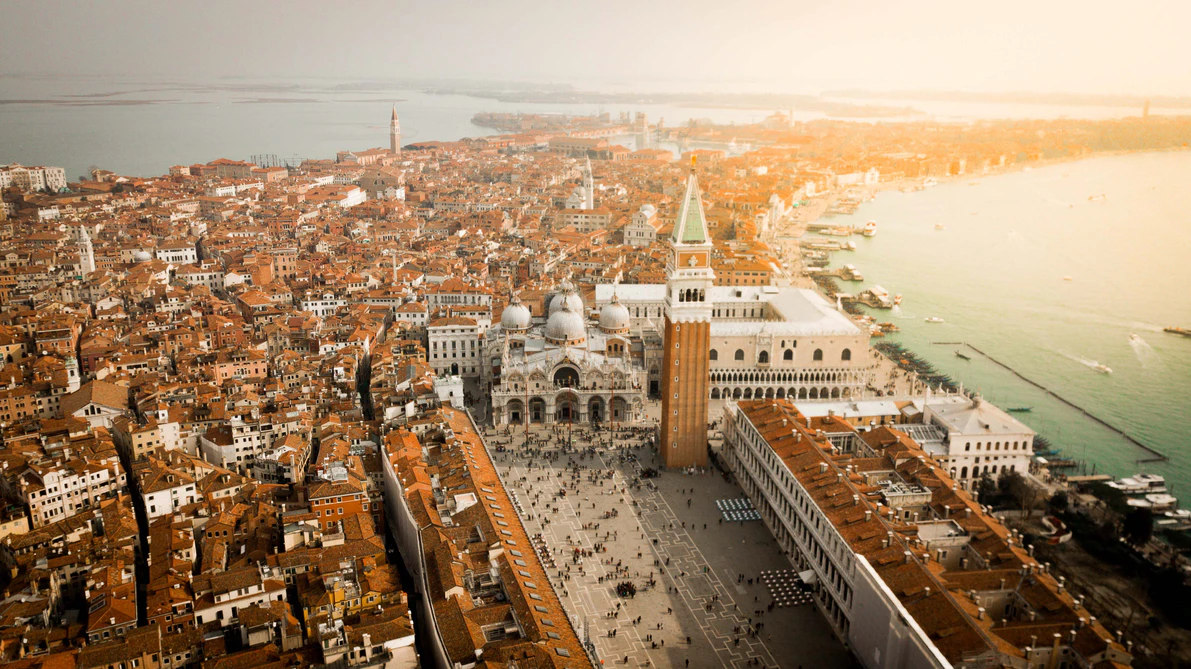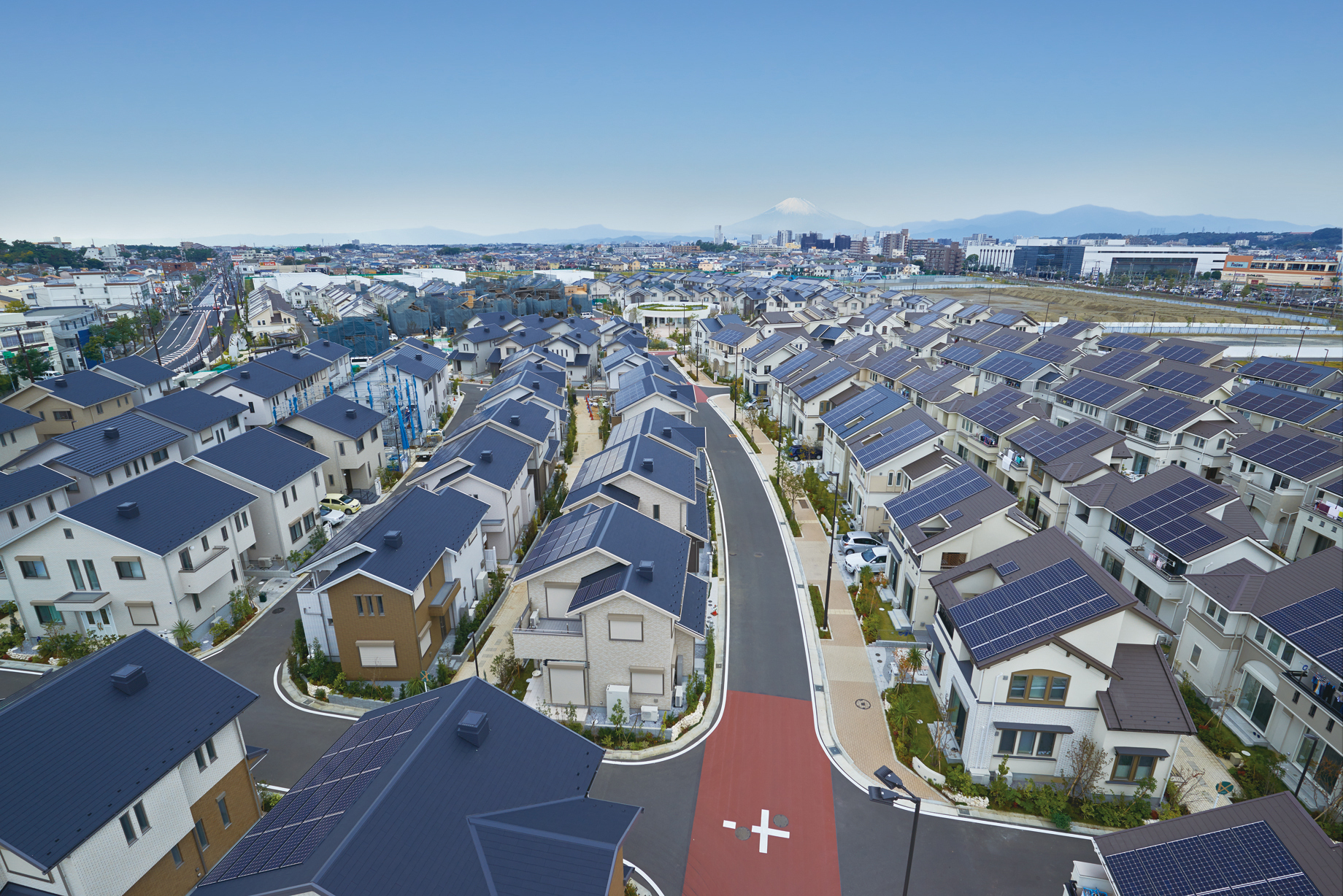Author | Jaime Ramos
One of the pending battles in the fight against climate change is taking place in cities. Urban spaces are responsible for 70% of greenhouse gas-related emissions.This has been highlighted in the most recent report commissioned by the United Nations Development Program (UNDP). Unsurprisingly, achieving acceptable urban sustainability standards is included in the UN 17 Sustainable Development Goals.
However, achieving this goal will be no mean feat, given the urgency of the situation in order to prevent future climate crises. Because the climate impact is increasing each year and at the same rate at which the population increases. By 2030, 28% of people worldwide will be concentrated in cities with more than a million inhabitants. That represents an increase of 5 percentage points over twelve years.
What are climate-smart infrastructures and developments?

The commitment to climate-smart infrastructures is no longer an option, but a metropolitan obligation. They consist of a series of structured solutions aimed at combating the harmful effects of climate, and they are designed to equip cities with the instruments to be more efficient and resilient.
Climate-smart infrastructures
These are infrastructures developed and designed to increase urban sustainability margins. They are based on the idea of aiming the search for technological in this direction.
Climate-smart developments
In order to get maximum use out of technology, a random application is not enough. Each city grows like a living, unique and differentiated entity. Therefore, programs must be implemented based on requirements and weak points.Climate-smart developments focus on increasing urban quality of life and prosperity, tackling poverty and climate change.
Principles of climate-smart infrastructures
Following this line of thought, climate-smart infrastructures must fulfil certain requirements:
- Scientifically proven solutions. Research is the basis of their potential. Smart solutions do not yield their harvest immediately. The earth in which they grow must be fertilized and nurtured in the form of financing and institutional support. Proof of this is that, at least ten years will be required to reduce carbon emissions in cities by 25%.
- Achieve a fair balance. Care must be taken to ensure that technology benefits the community and does not lead to social differences or entail other risks.
- Proportioned and contextualized with their objectives. The old scientific premise that the solution must be aimed at the core of the problem. A current dilemma by way of example: there is no point developing a hydrogen vehicle if the sustainable technology does not exist to obtain it as fuel.
Facilities and examples of climate-smart technology

There are paradigmatic infrastructures at a global level to combat climate change. In terms of energy supply, Smart Grids are the basis of electrification. They channel renewable energy for urban use, personalizing and improving the behavior of all stakeholders in the energy sector.
According to the company SAS, on average, 7% of the energy produced is wasted in the form of heat, generating losses of 75 million dollars each year. Smart grids contribute to alleviate this effect.
Other significant examples are facilities designed to reduce food loss or waste accumulation. The World Bank expects urban waste to increase by 70% in the coming years. This reality requires production chains and the use of materials and waste management to be modified. Today, only 4% of waste is recycled.
The urban integration of climate-smart infrastructures is now essential. Focusing on the consequences of climate change, cities that ignore this fact stand to lose the most.
Images | iStock/StephenBridger, iStock/Franck-Boston, iStock/funfunphoto, iStock/ah_fotobox






















































